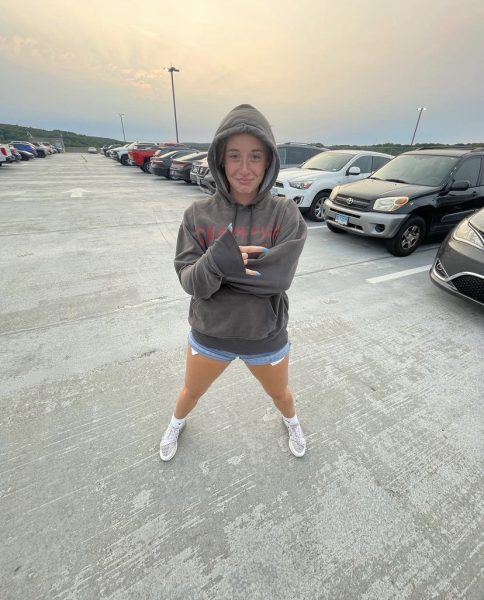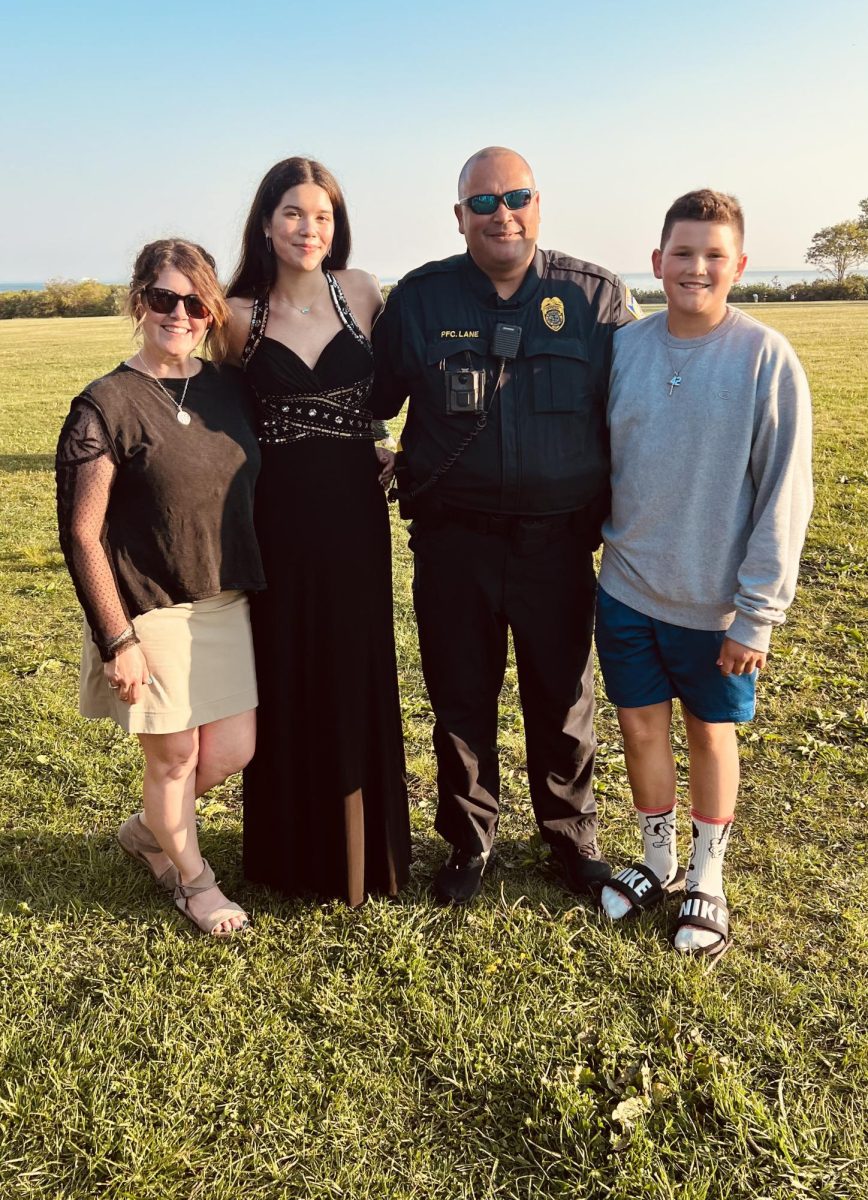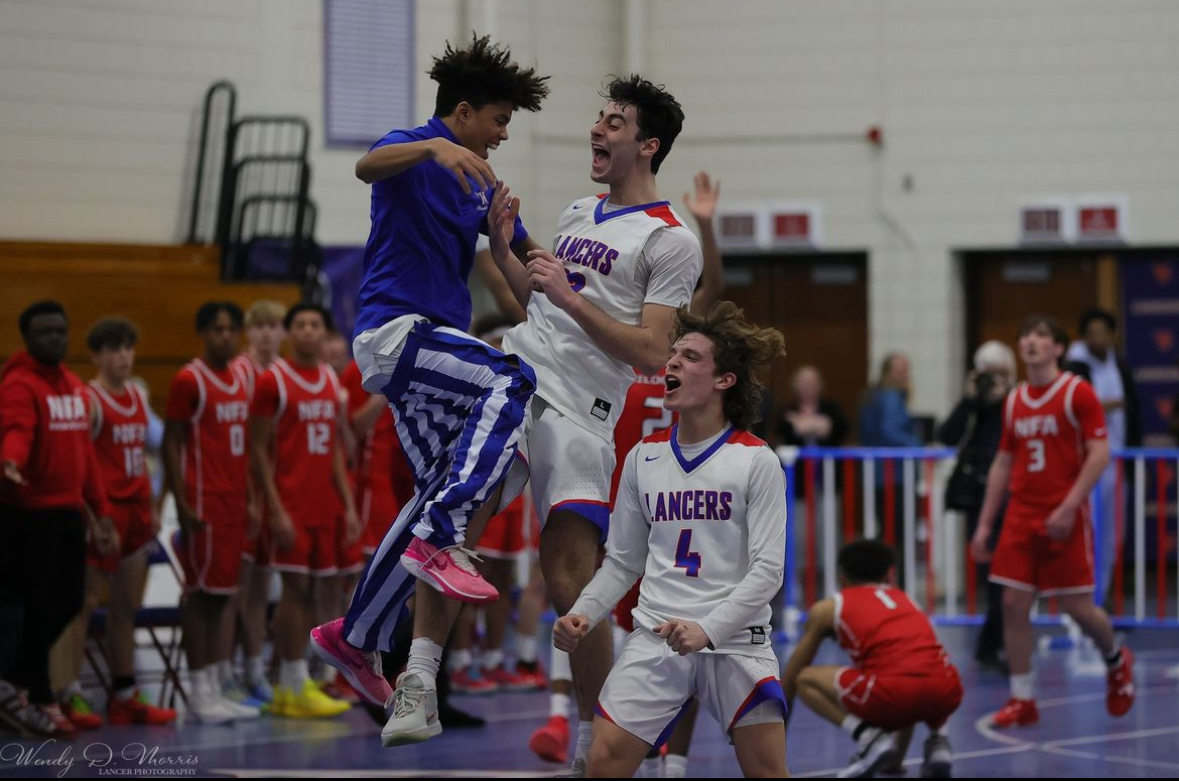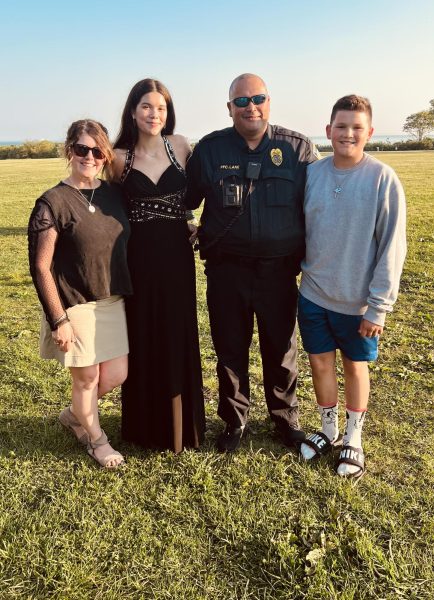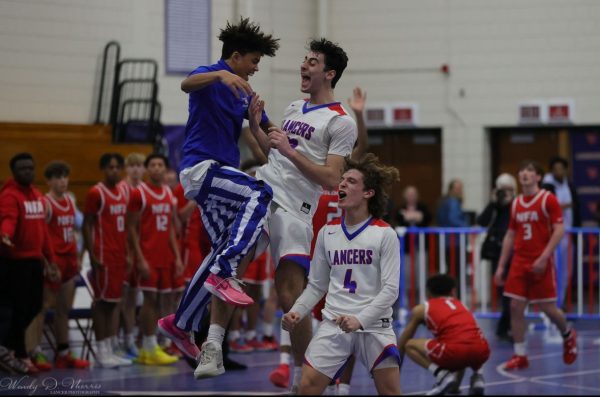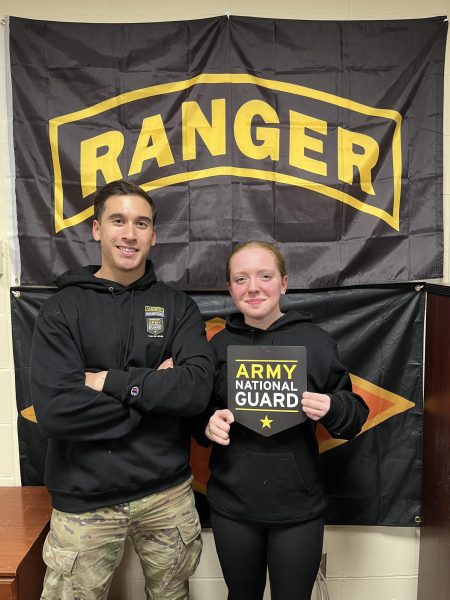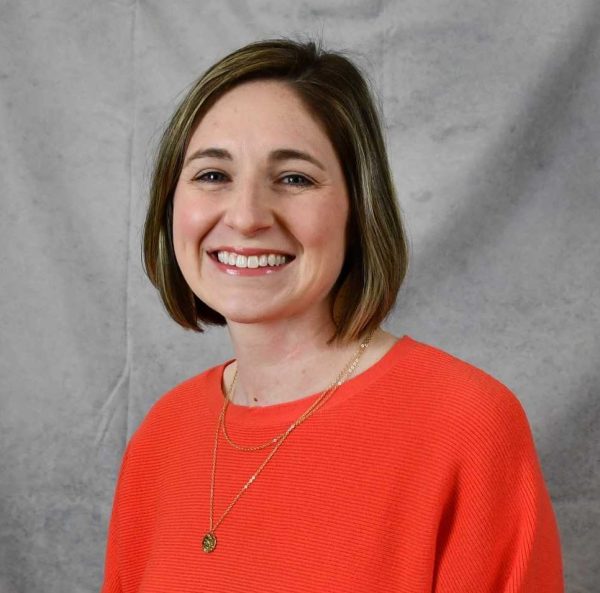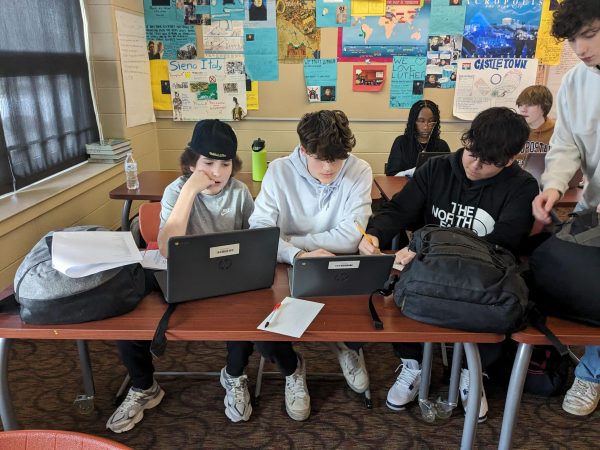Let’s Talk Cheney
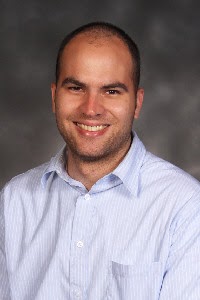
December 23, 2020
Let’s Talk Cheney
Murphy Ryan
When it comes to passionate teaching, Ian Cheney is all about inspiring his students to learn and get creative. Cheney teaches history at Waterford High School, including advanced classes; the notorious APUSH class; and his new class, AP government. No one expected the hybrid schedule this school year. Cheney, along with all other teachers at the school had to completely transform their comfortable teaching style.
Cheney is best known for his charismatic class discussions and “storytelling” throughout his lessons. He explains the inspiration for his teaching style: “By the time I started teaching, I had the pleasure to learn from 17 years worth of teachers–something like 80 in total–and had inadvertently sorted what worked and didn’t work into a mental filing cabinet. When I later stumbled into the darkness that was the beginning of my teaching career, I turned on the light and there was the cabinet, which had been collecting dust since the first Bush Administration. I pulled out some drawers and took a look. Then, like some sort of Frankenstein, I stitched together a teaching style from many sources. I pulled the effort to encourage students from eighth-grade science teacher Mrs. Luty, the lecture approach from ninth grade history teacher Mr. Rourke, the essay emphasis of Professor Emil Pocock, the fascination with politics and government from Professor Salka, and the desire to affably engage students from former colleague Mr. Gwudz. I’d encourage any students who are considering the teaching profession to study their teachers with an eye on what works and what doesn’t then log the results for later reference.”
When addressing the strongest trait needed to be a high school teacher, Cheney exclaimed, “Flexibility. No two classes are the same, and students have a wide range of abilities, produce a wide range of quality, and exert a wide range of effort. What works for one student or group of students doesn’t work for another. It’s tempting to blame the student when something we try doesn’t work, but if it repeatedly doesn’t work, then we have to find a way to make the necessary changes. We have to be flexible.”
At this point in time, no one wants to keep discussing hybrid learning. However, it is crucial for the student body to hear it from the other side, which is the teachers. Cheney has found plenty of alternations in students’ focus and engagement before and after the pandemic: “When it comes to student engagement, it’s been the most difficult year of my career. Fortunately, I have so many awesome students this year that in other ways it remains a pleasure to teach. However, when more than half of my class is home and reluctant to unmute, and the remainder of my students are masked in front of me, there are frustratingly few inputs of readable information into my brain. I rely on conversation and reading faces to see if what I’m saying is working — whether it’s a complicated piece of information, a joke, or anything else — and there’s so little of that this year. Positive reactions from students create bursts of adrenaline, which then goes into the energy of the lesson, earning more positive reactions. A positive feedback loop emerges. Yet, this year, those positive reactions have never been rarer, and so the lessons can often lack the appropriate energy, which then yields fewer positive reactions. This cycle reinforces itself as well.” When teaching at home, Cheney analyzed the issues of hybrid learning and worked on problem-solving them.
When evaluating academic performance throughout the year, Cheney acknowledged the upsides and downfalls, “It’s hard to speak about all students as a single group. Again, I teach some awesome kids this year, but even within that, there’s a range. Throughout the school, there’s an even bigger range than that. As far as what some students are not doing, it’s clear some students are distracted in ways that have nothing to do with the pandemic. Some students have their cameras off or pointed up, making it further difficult for a teacher to engage with them. Some students are listening to music during a lesson, or playing a game, or speaking with someone in the room, or are on their phones. Whereas we can usually ignore these distractions in the classroom, they are difficult to ignore at home. That said, there are many positives to mention: in a year of intense social and political turmoil, so many students are still putting forth their best effort to make this work. We notice, and we appreciate it.”
Remaining engaged, though it can be tough, is the only sense of control we have this school year. Cheney claimed that the most rewarding thing about being a teacher, in general, is “Teaching Murphy Ryan, and those like her. In other words: the students! The grading is rough, as are mandatory meetings and any disciplinary issues. The best part is actually teaching students.” (Though Cheney was not forced into saying that, his words were valid and greatly appreciated.)
To brighten up the conversation, Cheney answered a final question, “Would you have liked yourself as one of your students?” to which he replied, “Nooooo no no. I was a bad high school student who didn’t appreciate my teachers until much later. I allowed myself to float through school without much effort or introspection, prioritizing socializing, and relaxation over education and improving myself. It was after a semester in college where I regretted this approach, a realization helped along by a warning letter from the dean that another semester of a 1.9 GPA would get me kicked out of school. I then began applying myself, started doing well, and found out that I really liked doing well. I wish I hadn’t waited so long.”
Now with almost a year of distance learning, opening up the computer screen and completing assignments at home seems to be getting better for most students. Cheney recognizes what it takes to make that class time at home not only interesting but impactful.


